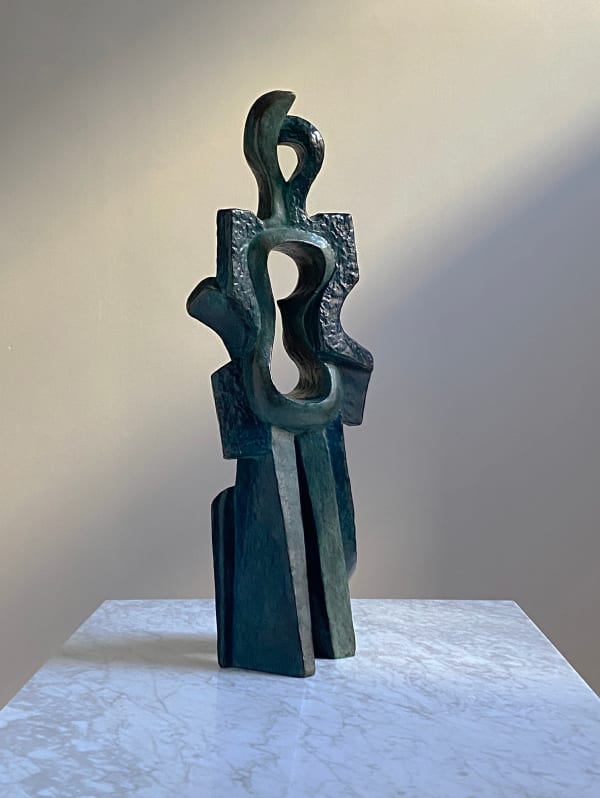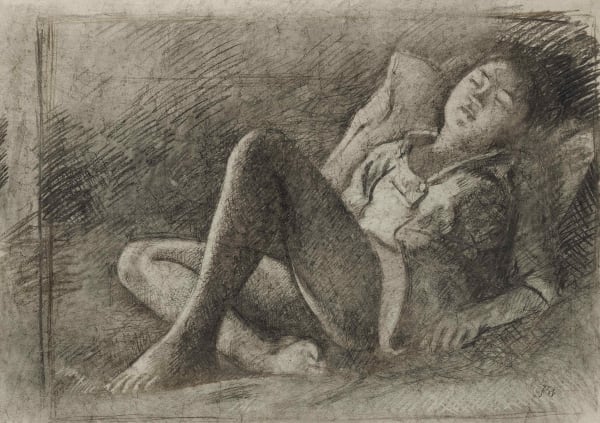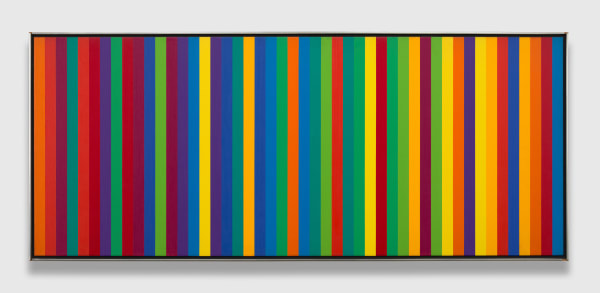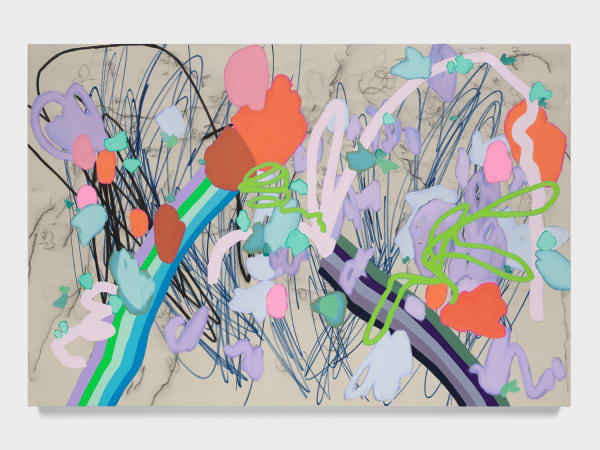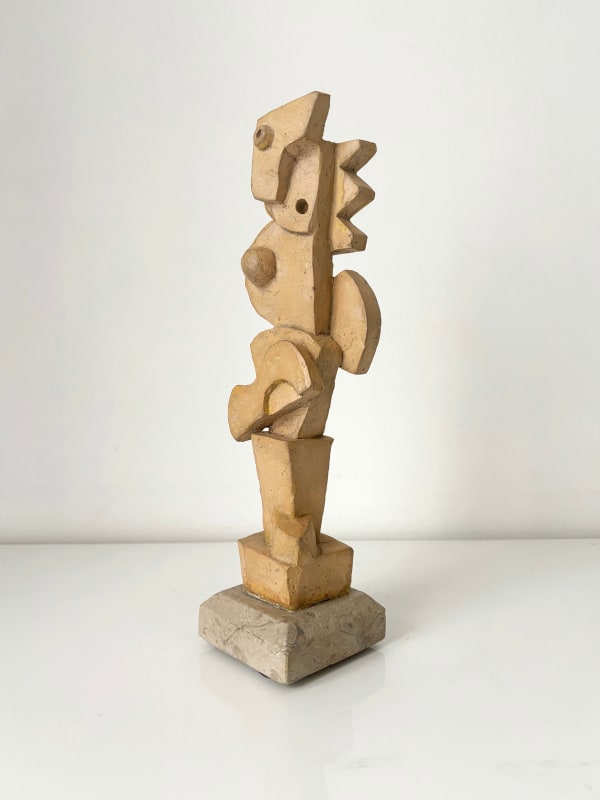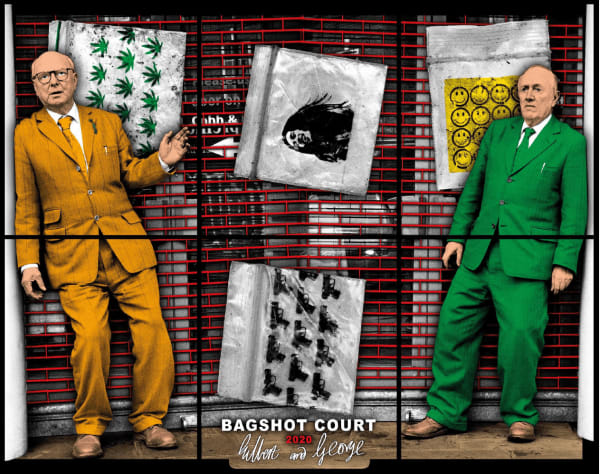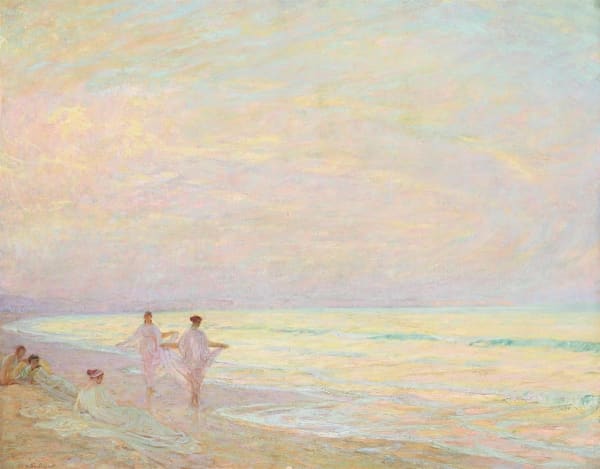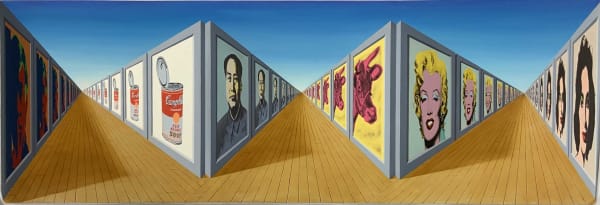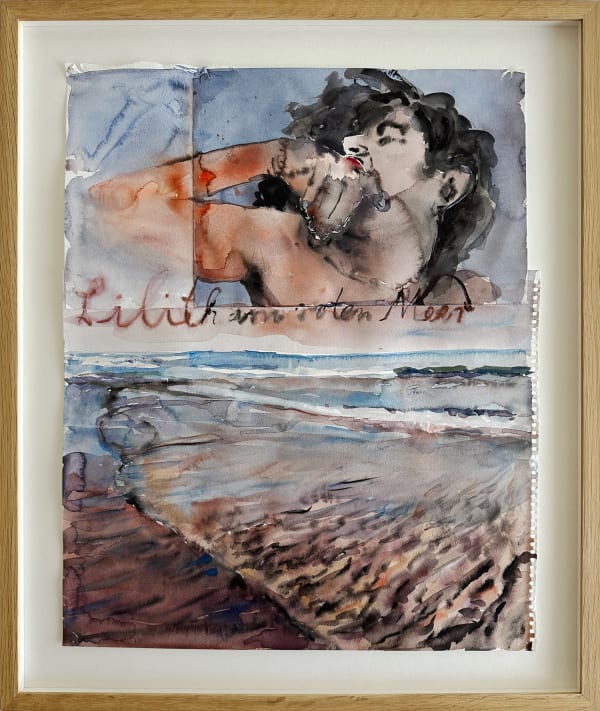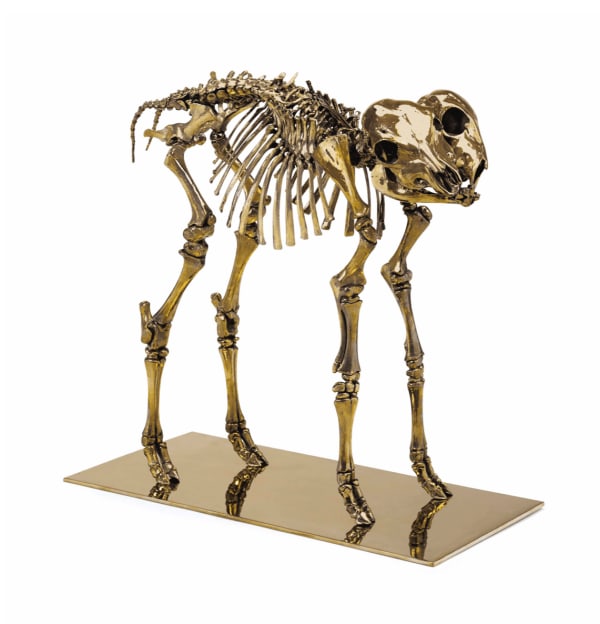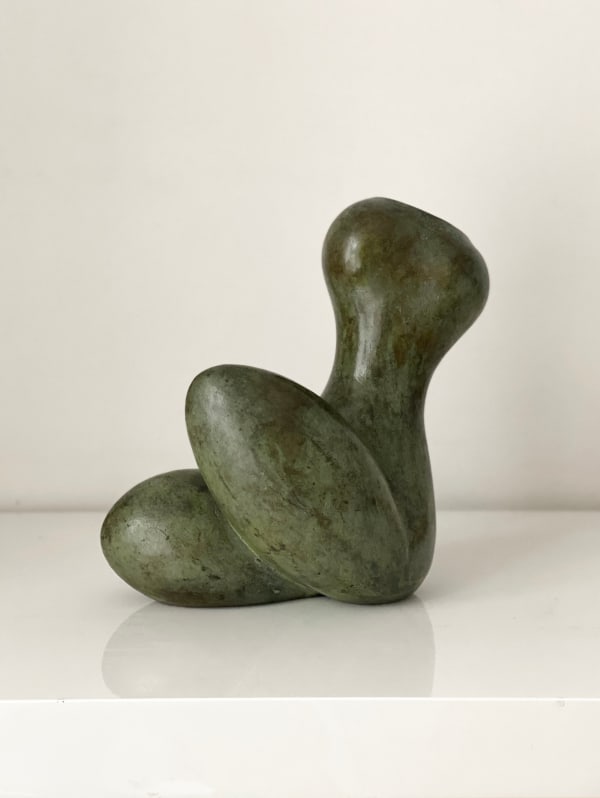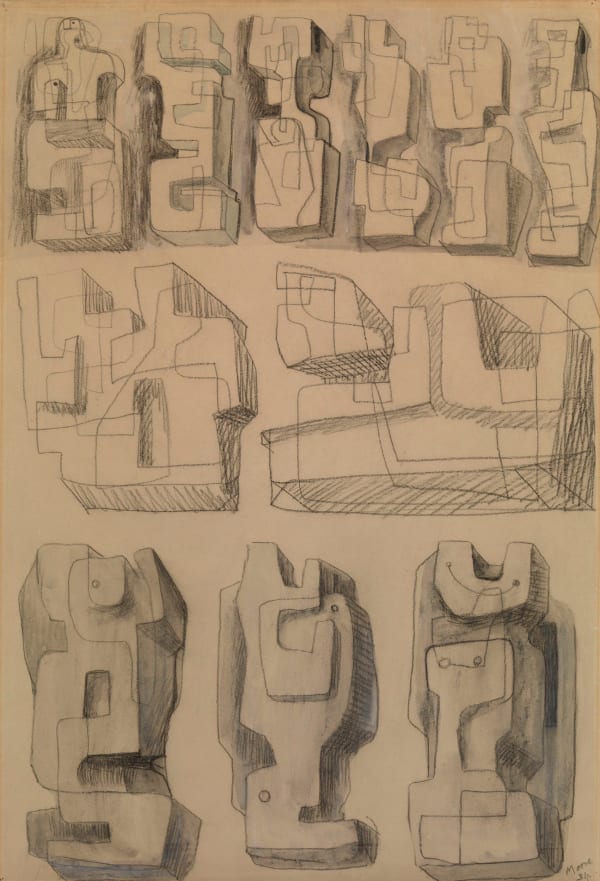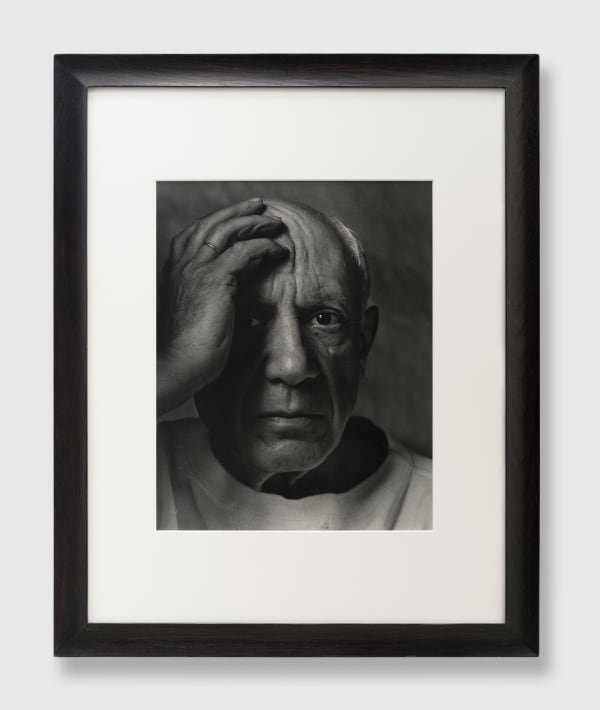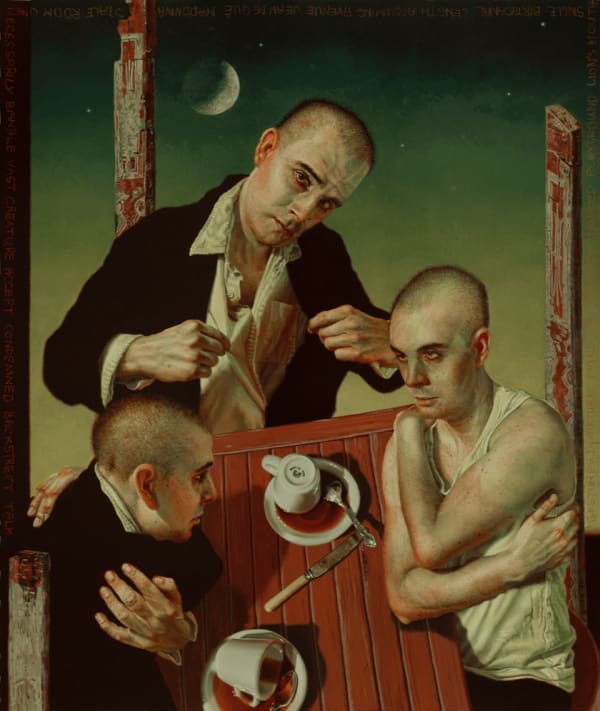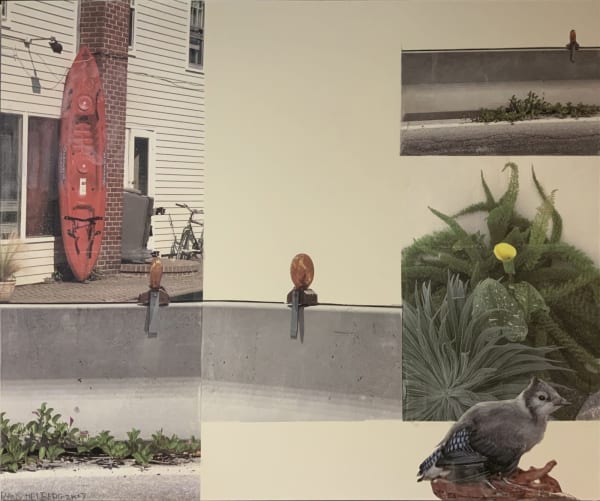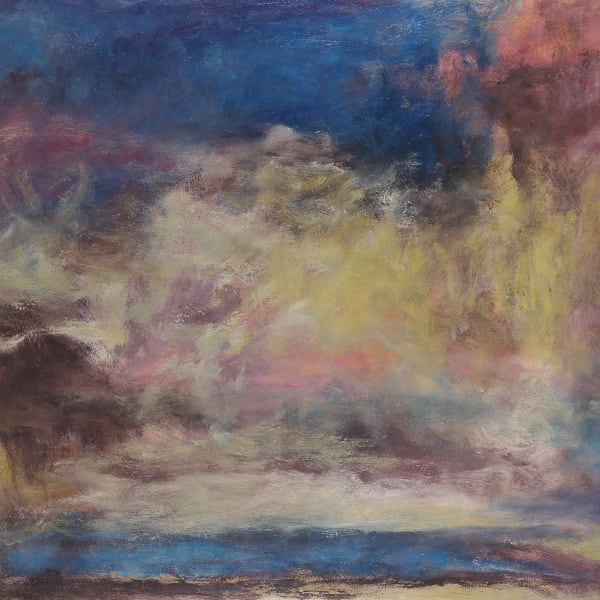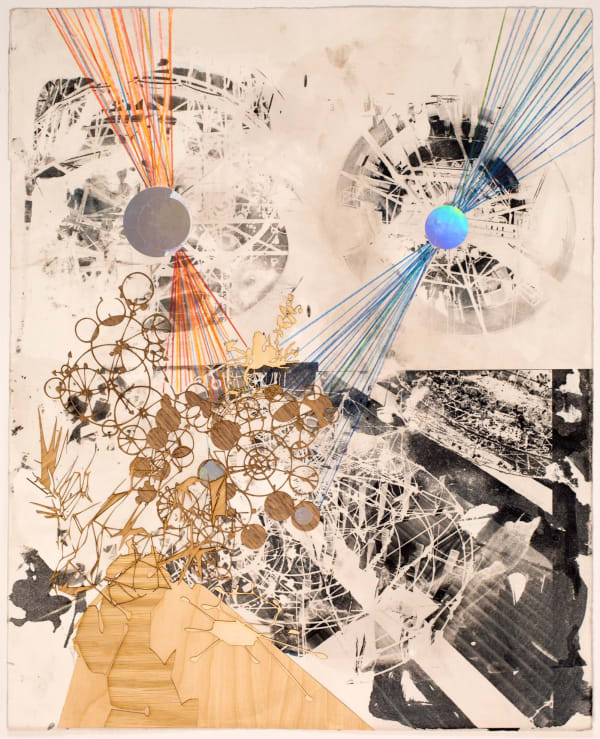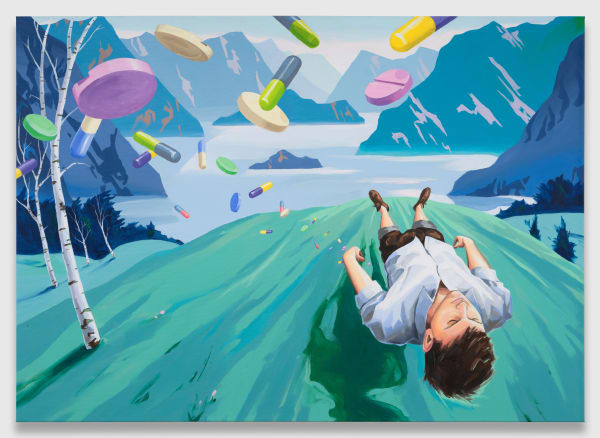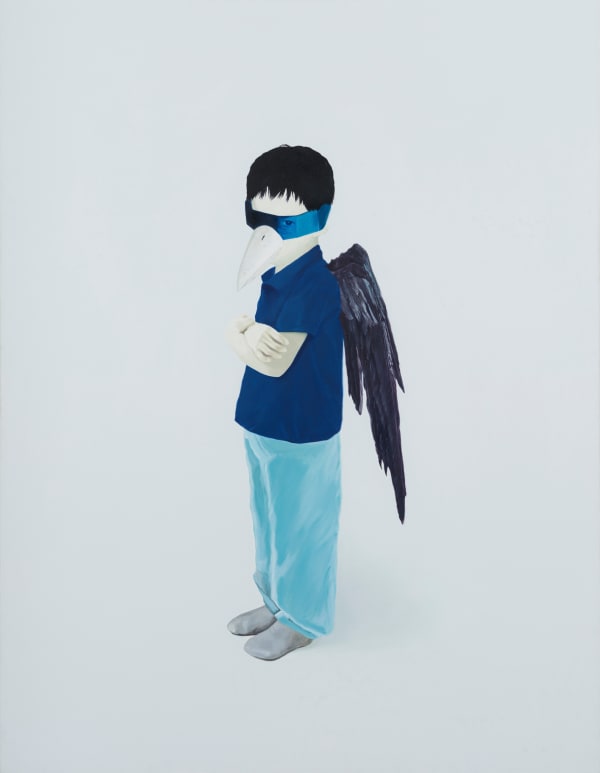-

Alexander Archipenko
-

Doug Argue
-

Milton Avery
-

Balthus
-

Karl Benjamin
-

Martyn Brewster
-

Martin Brouillette
-

Josef Capek
-

Federico Castellón
-

Henri-Edmond Cross
-

Ying Dai
-

Graham Dean
-

Albert Dubois-Pillet
-

Mark Eisen
-

Dimitry Gerrman
-

Gilbert & George
-

Albert Gleizes
-

Octave-Denis-Victor Guillonnet
-

Hans Hofmann
-

Patrick Hughes
-

Callum Innes
-

KAWS
-

Alessandro Keegan
-

Kim Keever
-

Anselm Kiefer
-

Miru Kim
-

Karen LaMonte
-

Fernand Léger
-

Sherrie Levine
-

André Lhote
-

Baltasar Lobo
-

Henri Jean Guillaume Martin
-

Henri Matisse
-

Roberto Matta
-

Joan Miro
-

Norman Mooney
-

Henry Moore
-

Robert Motherwell
-

August Muth
-

Arnold Newman
-

Terry O'Neill
-

Michelangelo Pistoletto
-

Edward Povey
-

Robert Rauschenberg
-

Jean-François Rauzier
-

Annina Roescheisen
-

Jon Schueler
-

Gregory Scott
-

Shim Moon Seup
-

Tom Shannon
-

Felix Treadwell
-

Boaz Vaadia
-

Andre Villers
-

Francesco Da Vinci
-

Tomas Vu
-

Caroline Walker
-

Tom Wesselmann
-

Christopher Winter
-

Mayuka Yamamoto
